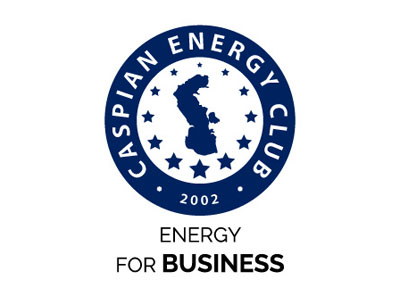Caspian Energy (CE): Iceland does not have its own oil-gas resources. How does the country ensure its energy security?
Gudlaugur Thór Thórdarson, Minister of the Environment, Energy and Climate of Iceland: For decades all electricity has been produced from renewable sources, hydro and geothermal. The carbon footprint of the system is very low. Only the mobile sectors, transport on land, marine operations and aviation are still fossil fuel based.
CE: What is the share of renewables in the energy mix of the country?
Gudlaugur Thór Thórdarson: About 85% of the total primary energy supply in Iceland is derived from domestically produced renewable energy sources. This is the highest share of renewable energy in any national total energy budget.
In 2016 geothermal energy provided about 65% of primary energy, the share of hydropower was 20%, and the share of fossil fuels (mainly oil products for the transport sector) was 15%. In 2013 Iceland also became a producer of wind energy. The main use of geothermal energy is for space heating, with the heat being distributed to buildings through extensive district-heating systems. About 85% of all houses in Iceland are heated with geothermal energy.
In 2015, the total electricity consumption in Iceland was 18,798 GWh. Renewable energy provided almost 100% of electricity production, with about 73% coming from hydropower and 27% from geothermal power. Most of the hydropower plants are owned by Landsvirkjun (the National Power Company) which is the main supplier of electricity in Iceland. Iceland is the world’s largest green energy producer per capita and largest electricity producer per capita, with approximately 55,000 kWh per person per year. In comparison, the EU average is less than 6,000 kWh. Geothermal energy is used to heat over 90% of buildings, the remaining 10% is heated with renewable electricity.
CE: What could you say about the phase out of the fossil fuel-based public and private transport, and shift to the green energy driven transport?
Gudlaugur Thór Thórdarson: The energy transition ahead of us for the mobile sectors is the third one that the nation has tackled. As mentioned before, the sectors of electricity and heating are fully converted. Iceland has been successful in the energy transition for road transport by using a tax incentive scheme with strong incentives and direct support for infrastructure build up. Iceland has been in second place (after Norway) with regard to the purchase rate of electric and plug-in hybrid vehicles for some time. In 2021 58% of all newly registered cars in Iceland were electric or plug-in hybrid vehicles, a big jump from 2019 when the percentage was 28%. The Icelandic government intends to reach full energy transition by 2040, alongside the goal of carbon neutrality in 2040. This will make Iceland the first country to become fossil-fuel independent.
CE: Are there countries applying to Iceland for its experience and know-how technologies helping to ensure green energy transition?
Gudlaugur Thór Thórdarson: Iceland has for some years been leading in geothermal technologies which has raised the interest of other nations and this interest has increased during Europe‘s current energy crises. Icelandic companies, for instance Iceland GeoSurvey (ÍSOR) and Iceland Drilling Company Ltd (Jardboranir), have for years now provided scientific and technical expertise to the geothermal industry outside of Iceland.
Through EEA Grants, the EEA/EFTA states fund various improvements and developments in those EU member states that are economically at a disadvantage. Through participation in EEA Grants, emphasis has been placed on creating for instance opportunities for Icelandic agencies and companies to collaborate on energy transition with the beneficiary states.
Thankyoufortheinterview





